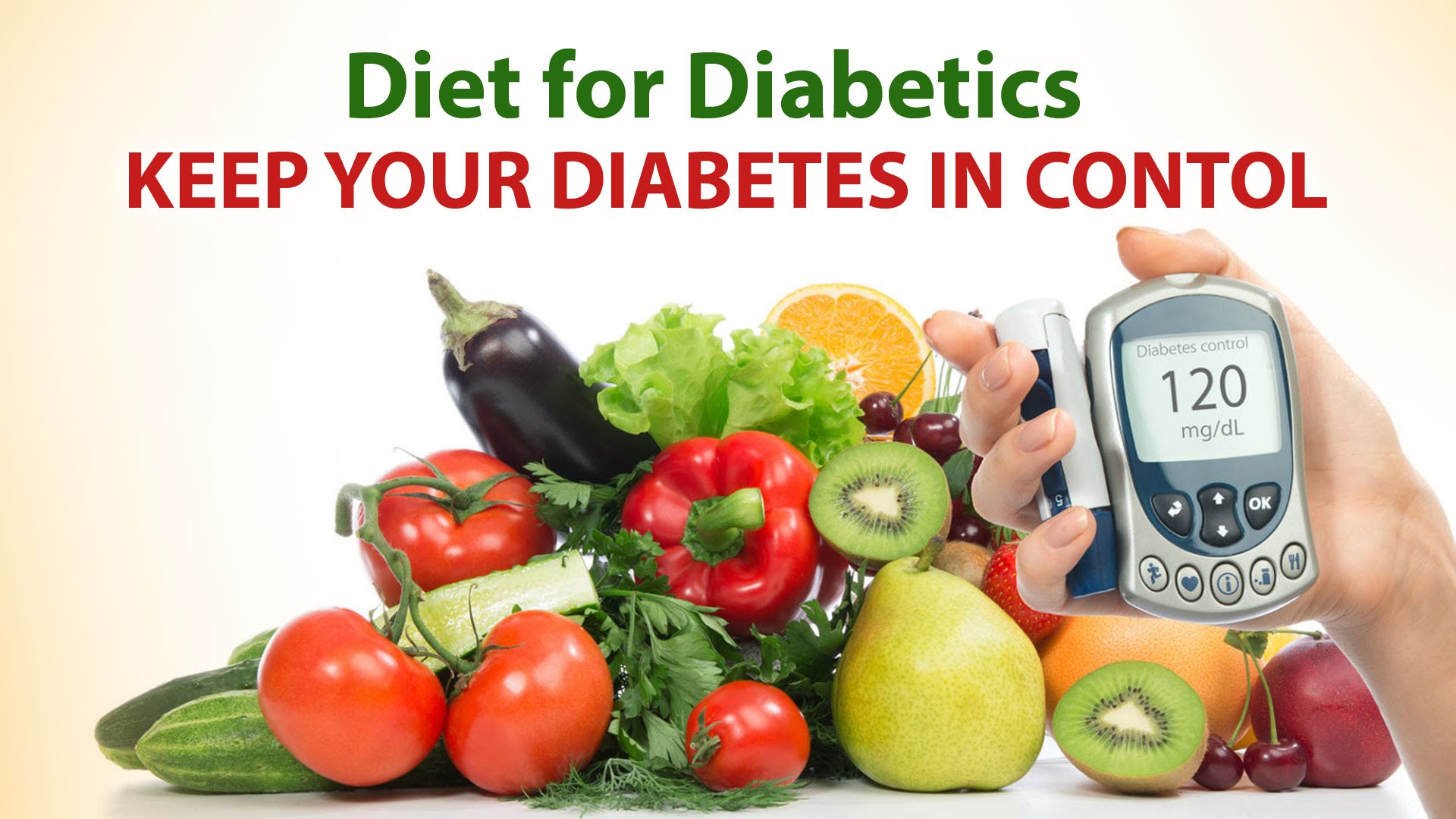Whether you are living with diabetes or not, eating well is important.
The foods you choose to eat in your daily diet make a difference not only to managing diabetes, but also to how well you feel and how much energy you have every day.
- How much you need to eat and drink is based on your age, gender, how active you are and the goals you are looking to achieve.
- Portion sizes have grown in recent years, as the plates and bowls we use have got bigger. Use smaller crockery to cut back on your portion sizes, while making the food on your plate look bigger.
- No single food contains all the essential nutrients you need in the right proportion. That’s why you need to consume foods from each of the main food groups to eat well.
Fruit and vegetables
Naturally low in fat and calories and packed full of vitamins, minerals and fibre, fruit and vegetables add flavour and variety to every meal.They may also help protect against stroke, heart disease, high blood pressure and some cancers.
How often?
Everyone should eat at least five portions a day. Fresh, frozen, dried and canned fruit in juice and canned vegetables in water all count. Go for a rainbow of colours to get as wide a range of vitamins and minerals as possible.
Try:
- adding an apple, banana, pear, or orange to your child’s lunchbox
- sliced melon or grapefruit topped with low-fat yogurt, or a handful of berries, or fresh dates, apricots or prunes for breakfast
- carrots, peas and green beans mixed up in a pasta bake
- adding an extra handful of vegetables to your dishes when cooking – peas to rice, spinach to lamb or onions to chicken.
Starchy foods
Potatoes, rice, pasta, bread, chapattis, naan and plantain all contain carbohydrate, which is broken down into glucose and used by your cells as fuel. Better options of starchy foods – such as wholegrain bread, wholewheat pasta and basmati, brown or wild rice – contain more fibre, which helps to keep your digestive system working well. They are generally more slowly absorbed (that is, they have a lower glycaemic index, or GI), keeping you feeling fuller for longer.
How often
Try to include some starchy foods every day.
Try:
- two slices of multigrain toast with a scraping of spread and Marmite or peanut butter
- rice, pasta or noodles in risottos, salads or stir-fries
- potatoes any way you like – but don’t fry them – with the skin left on for valuable fibre. Choose low-fat toppings, such as cottage cheese or beans
- baked sweet potato, with the skin left on for added fibre
- boiled cassava, flavoured with chilli and lemon
- chapatti made with brown or wholemeal atta.
Meat, fish eggs, pulses, beans and nuts
These foods are high in protein, which helps with building and replacing muscles. They contain minerals, such as iron, which are vital for producing red blood cells. Oily fish, such as mackerel, salmon and sardines, also provide omega-3, which can help protect the heart. Beans, pulses, soya and tofu are also good sources of protein.
How often?
Aim to have some food from this group every day, with at least 1–2 portions of oily fish a week.
Try:
- serving meat, poultry or a vegetarian alternative grilled, roasted or stir-fried
- a small handful of raw nuts and seeds as a snack or chopped with a green salad
- using beans and pulses in a casserole to replace some – or all – of the meat
- grilled fish with masala, fish pie, or make your own fish cakes
- eggs scrambled, poached, dry fried or boiled – the choice is yours!
Dairy foods
Milk, cheese and yogurt contain calcium, which is vital for growing children as it keeps their bones and teeth strong. They’re good sources of protein, too.Some dairy foods are high in fat, particularly saturated fat, so choose lower-fat alternatives (check for added sugar, though). Semi-skimmed milk actually contains more calcium than whole milk, but children under 2 should have whole milk because they may not get the calories or essential vitamins they need from lower-fat milks. Don’t give children skimmed milk until they’re at least 5.
How often?
Aim to have some dairy every day, but don’t overdo it.
Try:
- milk straight in a glass, flavoured with a little cinnamon, or added to breakfast porridge
- yogurt with fruit or on curry
- cottage cheese scooped on carrot sticks
- a bowl of breakfast cereal in the morning, with skimmed or semi-skimmed milk
- a cheese sandwich at lunchtime, packed with salad
- a refreshing lassi or some plain yogurt with your evening meal.
Foods high in fat and sugar
You can enjoy food from this group as an occasional treat in a balanced diet, but remember that sugary foods and drinks will add extra calories – and sugary drinks will raise blood glucose – so opt for diet/light or low-calorie alternatives. Or choose water – it’s calorie free! Fat is high in calories, so try to reduce the amount of oil or butter you use in cooking. Remember to use unsaturated oils, such as sunflower, rapeseed or olive oil, as these types are better for your heart.
How often?
The less often, the better.
Salt
Too much salt can make you more at risk of high blood pressure and stroke. Processed foods can be very high in salt. Try cooking more meals from scratch at home, where you can control the amount of salt you use – when there are so many delicious spices in your kitchen, you really can enjoy your favourite recipes with less salt.
How often?
Adults should have no more than 1 tsp (6g) of salt a day, while children have even lower targets.
Try:
- banishing the salt cellar from the table, but keeping the black pepper.
- seasoning food with herbs and spices, instead of salt. Try ginger, lime and coriander in stir-fries, or use spicy harissa paste to flavour soups, pasta dishes and couscous.
- making fresh chutney using coriander leaves (dhaniya), fresh mint, chopped green chillies and lime juice.
- measuring added salt in cooking with a teaspoon and use less as time goes on. Do it gradually, and the family will hardly notice!
- flavouring salads with lemon juice, chilli powder and pepper.
- making your own tandoori marinade in seconds using red chilli powder, ground garam masala, paprika powder, low-fat plain yogurt, garlic, ginger, and tomato purée.
- adding finely chopped coriander leaves to lassi, and sprinkle on ground jeera and ground coriander seeds.
Feel inspired to cook a healthy, balanced meal?
Check out the recipes in Enjoy Food’s recipe finder to help you get started…
Type 1 diabetes and coeliac disease
This is an autoimmune disease, which is more common in people with Type 1 diabetes, where the body reacts to gluten (a protein found in wheat, barley and rye), which damages the gut lining and makes it difficult to absorb food.
Everyone with Type 1 diabetes should be assessed for coeliac disease. If you are showing symptoms, you should be given a blood test. If the test is positive, diagnosis is confirmed by a gut biopsy. Don’t start a gluten-free diet until you have a definite diagnosis, as this may give an inaccurate result. The only treatment is to cut out gluten from your diet permanently. A specialist dietitian can help you with both diabetes and coeliac disease.





